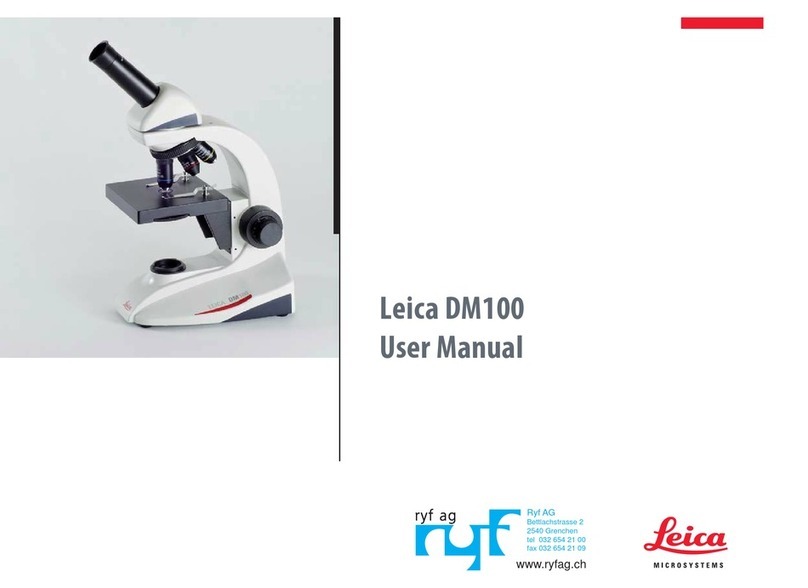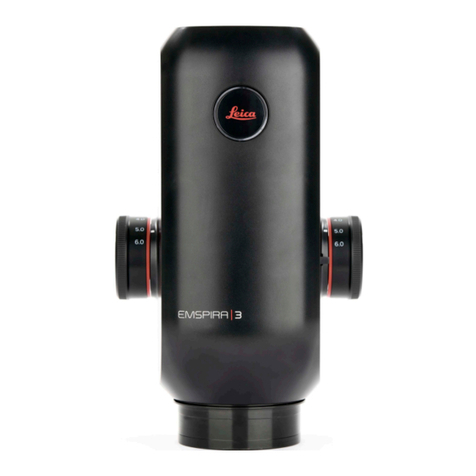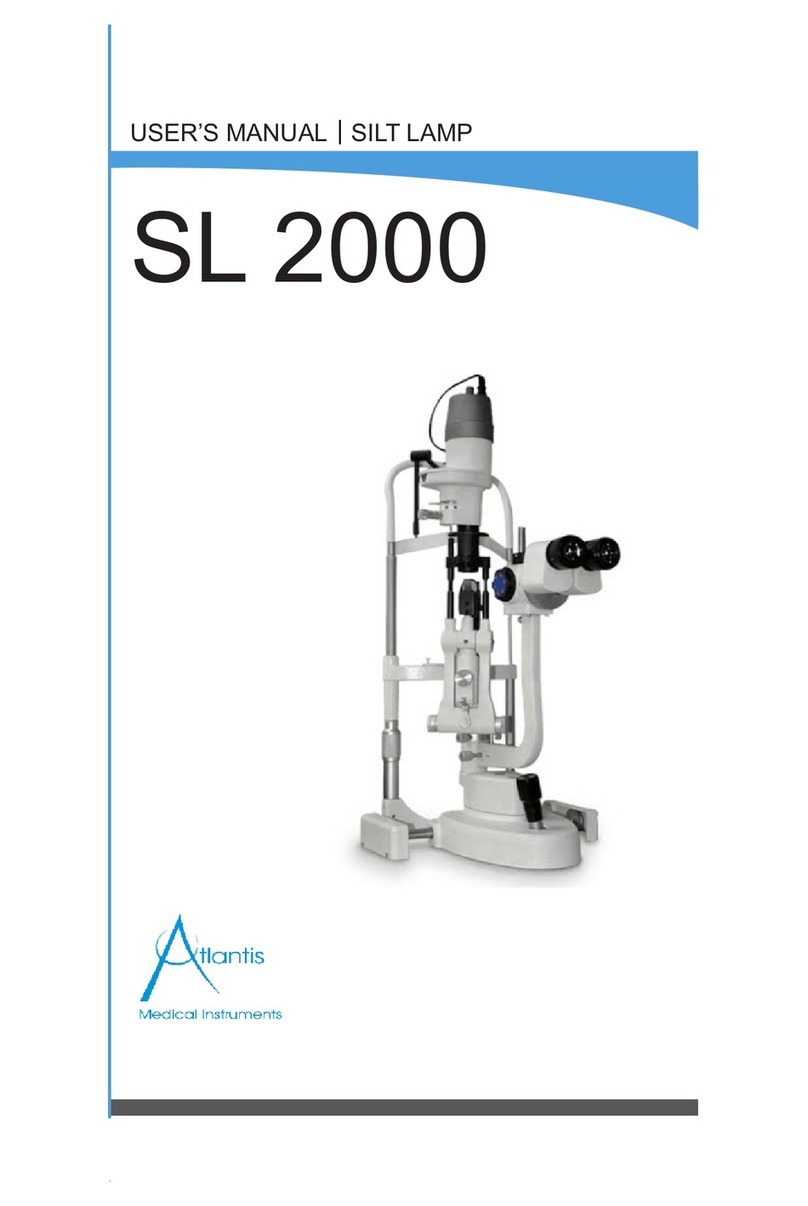Leica TCS SPE User manual
Other Leica Microscope manuals

Leica
Leica A60 S User manual
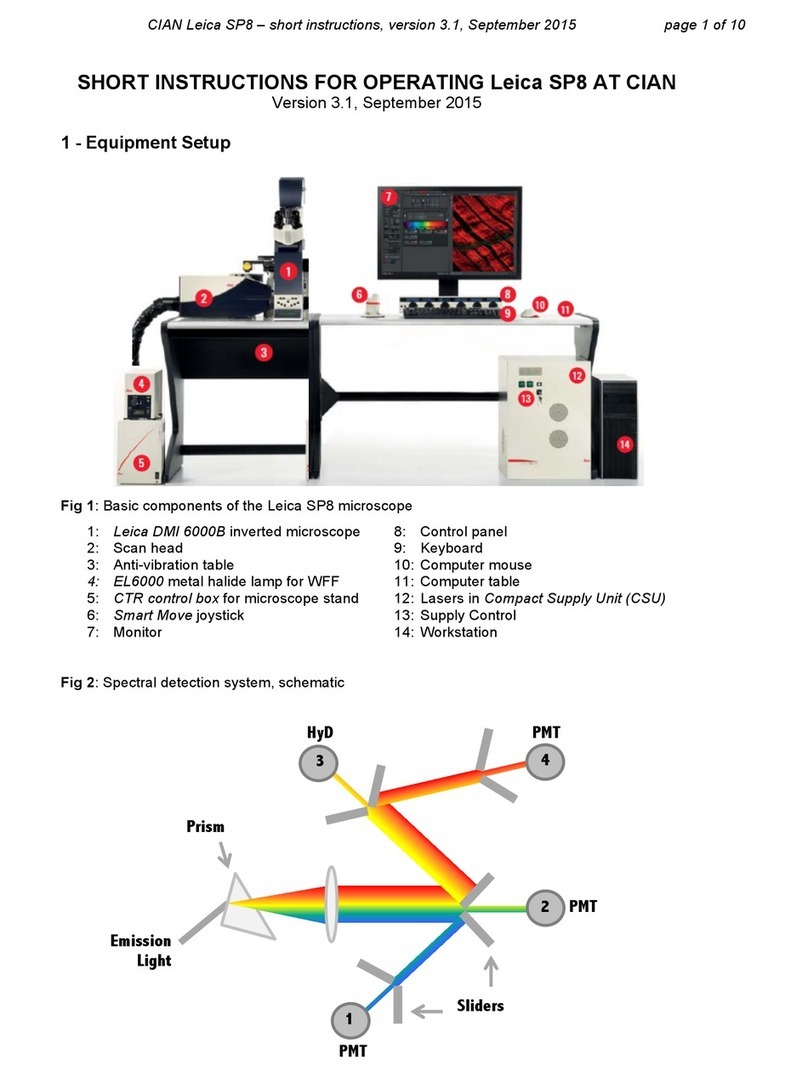
Leica
Leica SP8 AT CIAN Parts list manual

Leica
Leica DM IRB User manual

Leica
Leica DM LSP User manual

Leica
Leica DM500 User manual
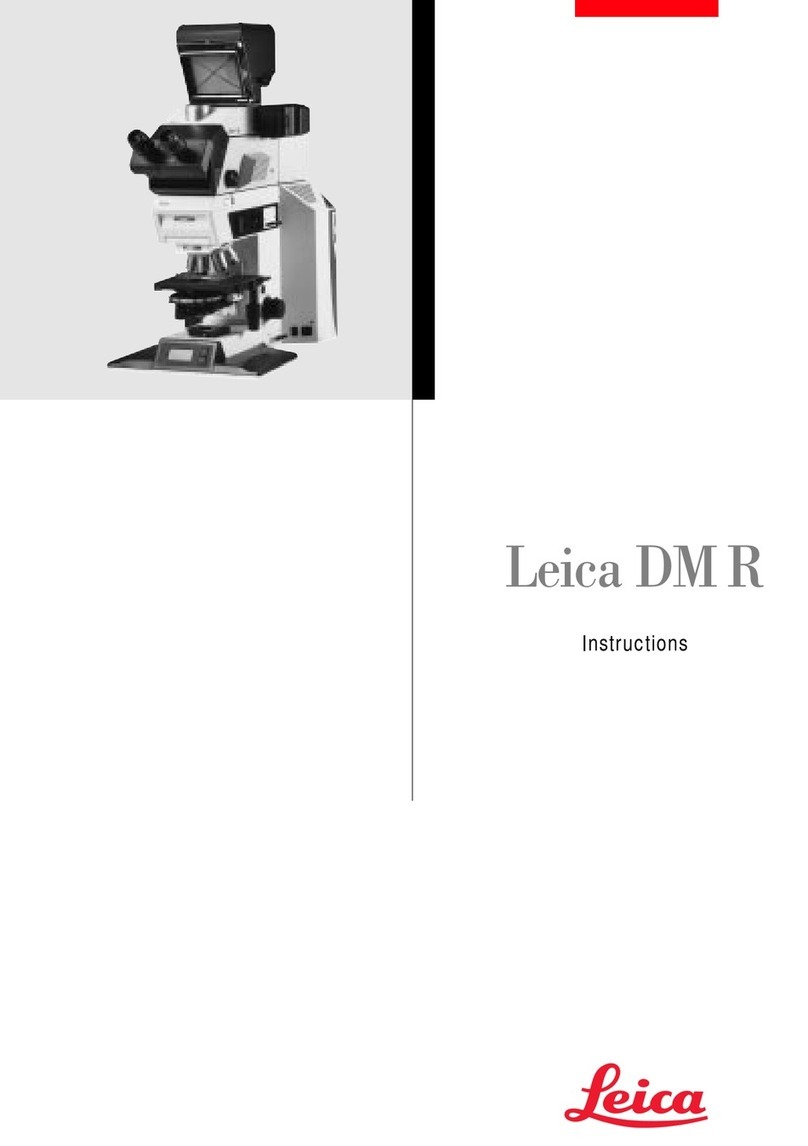
Leica
Leica DM R Series User manual

Leica
Leica M125 B User manual
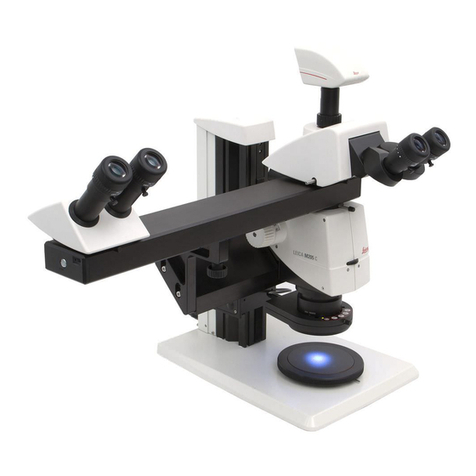
Leica
Leica M125 C User manual

Leica
Leica M500 OH3 User manual
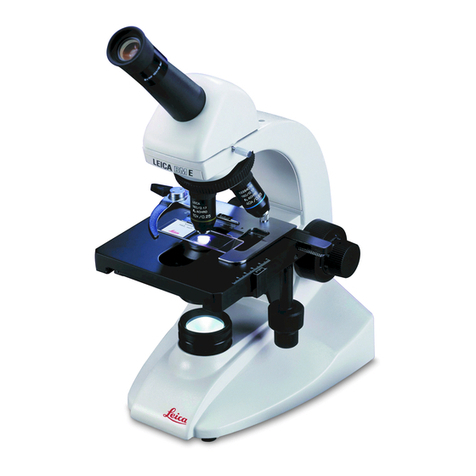
Leica
Leica BM E User manual

Leica
Leica IMS500 User manual

Leica
Leica DM300 User manual

Leica
Leica SP5 confocal User manual
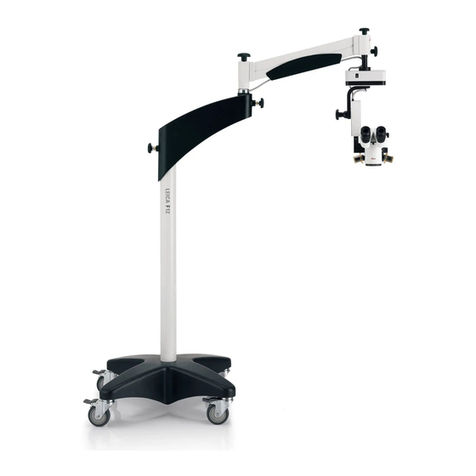
Leica
Leica M220 F12 User manual
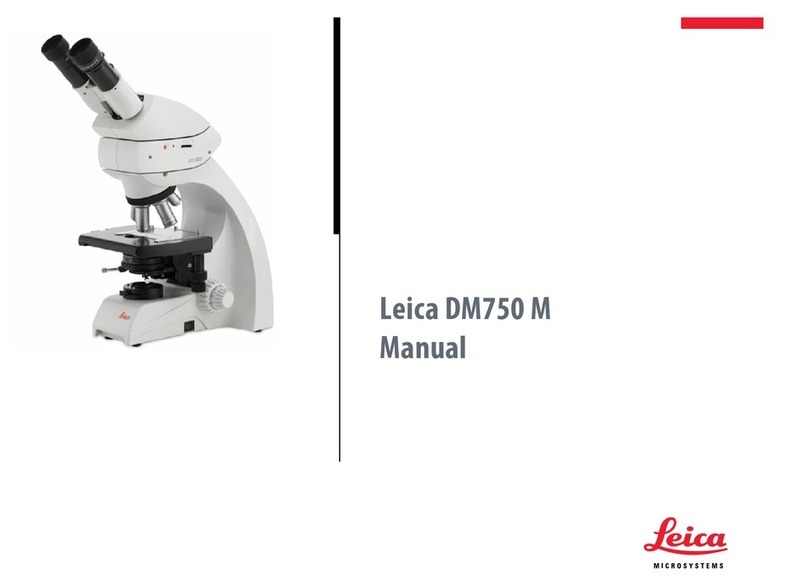
Leica
Leica DM750 M User manual
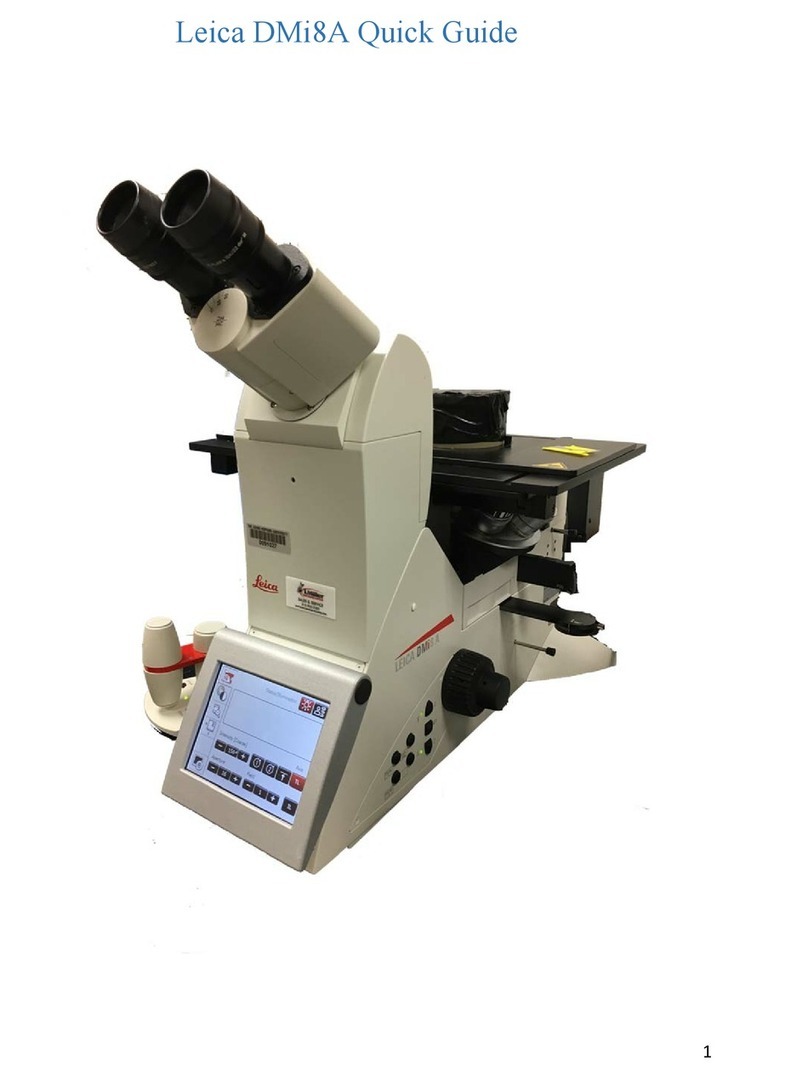
Leica
Leica DMi8A User manual
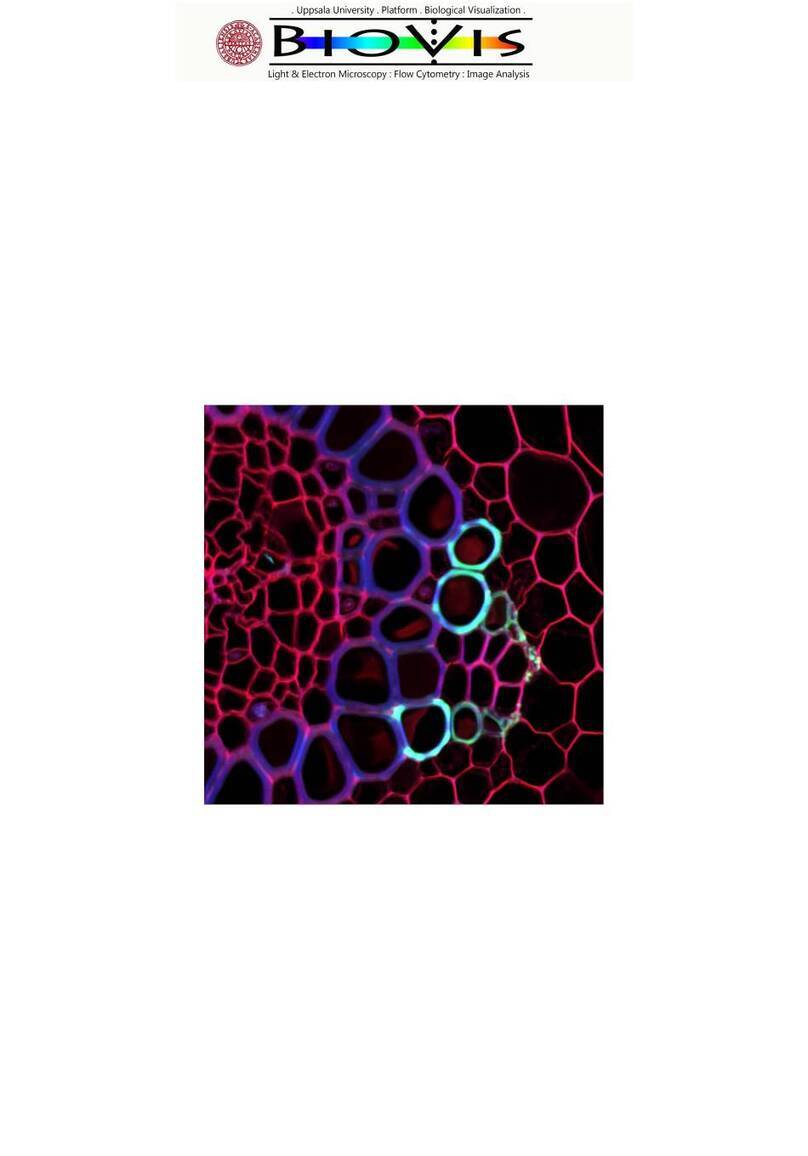
Leica
Leica Stellaris 5 User manual
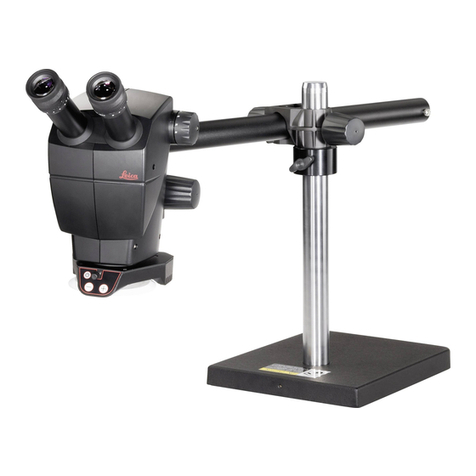
Leica
Leica A60 H User manual
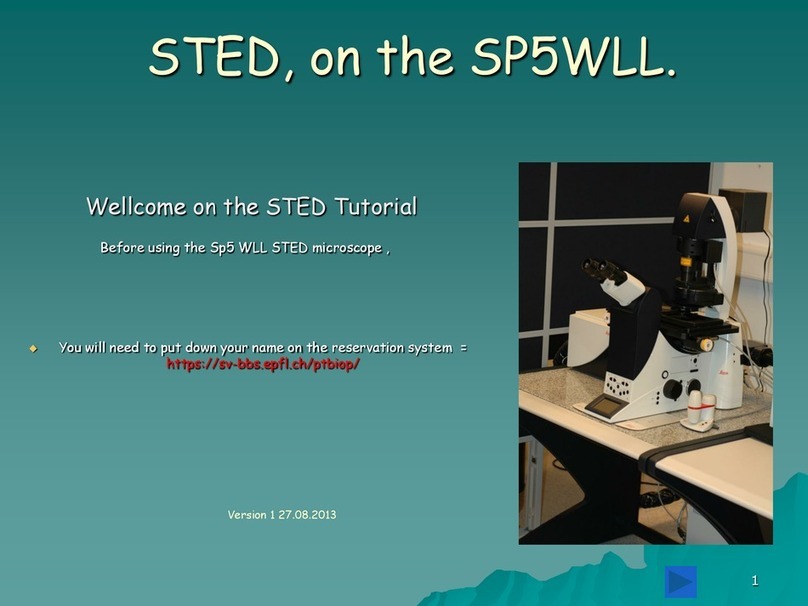
Leica
Leica Sp5 WLL STED Operation instructions
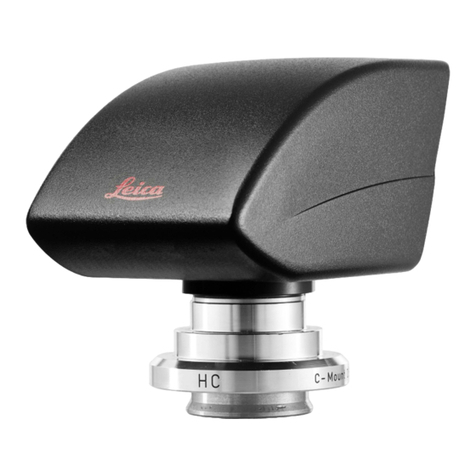
Leica
Leica K3C User manual
